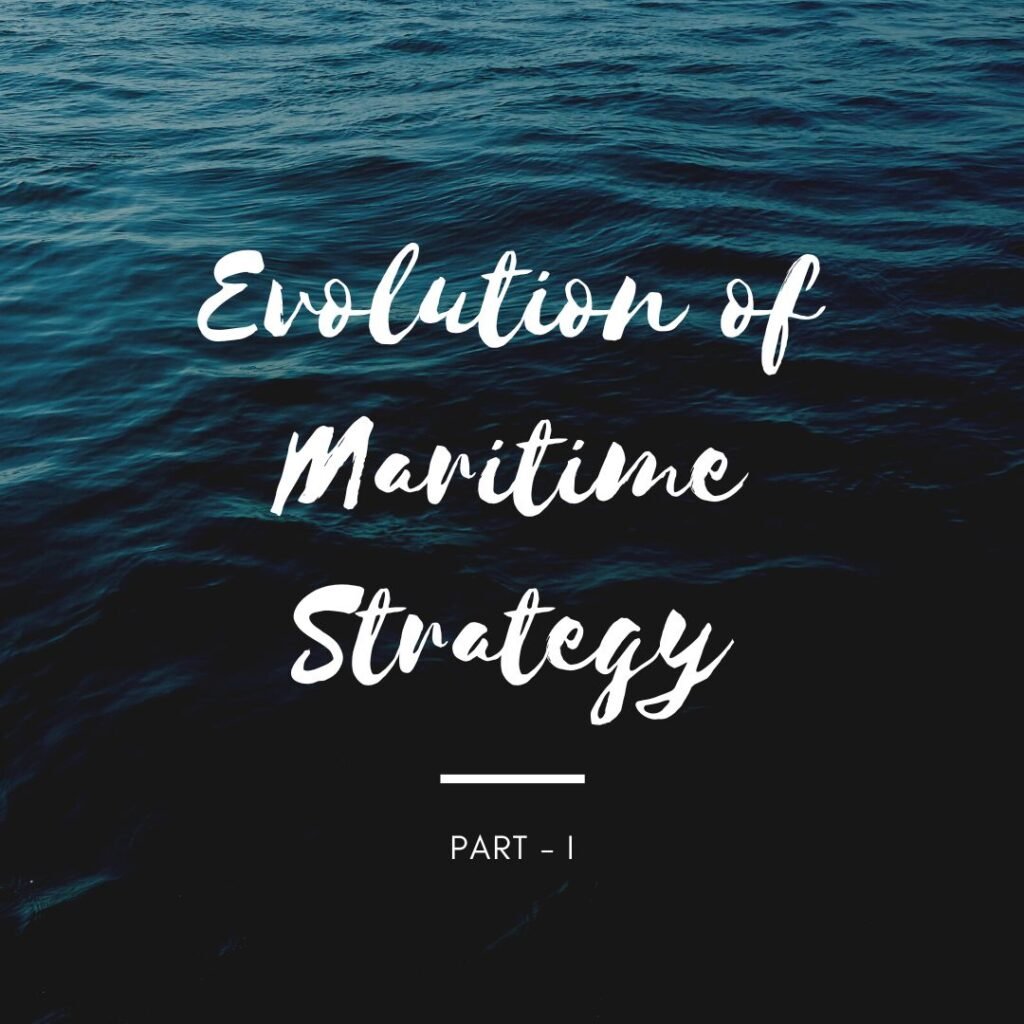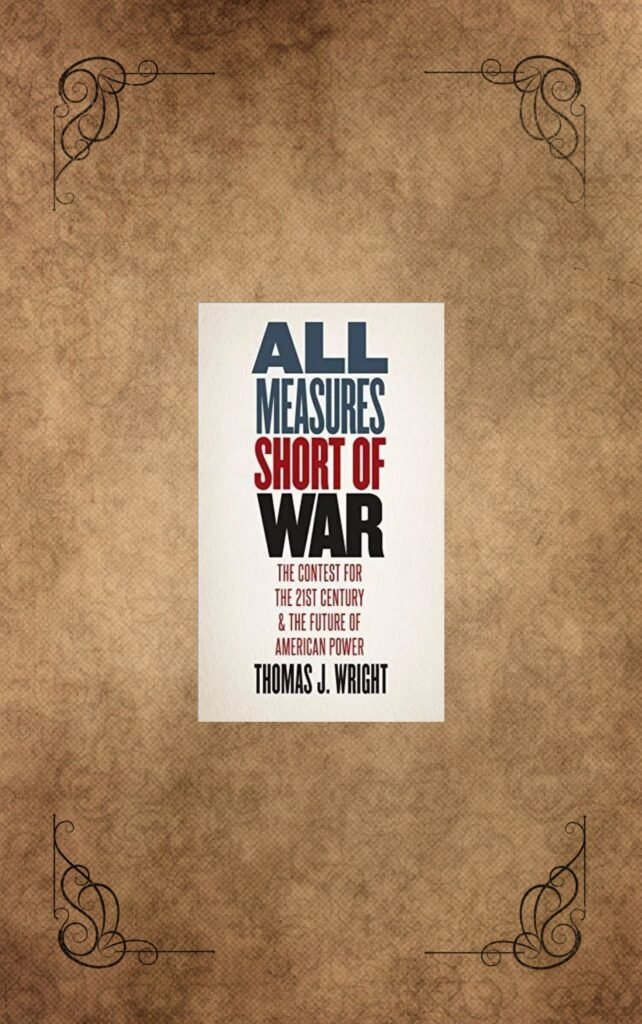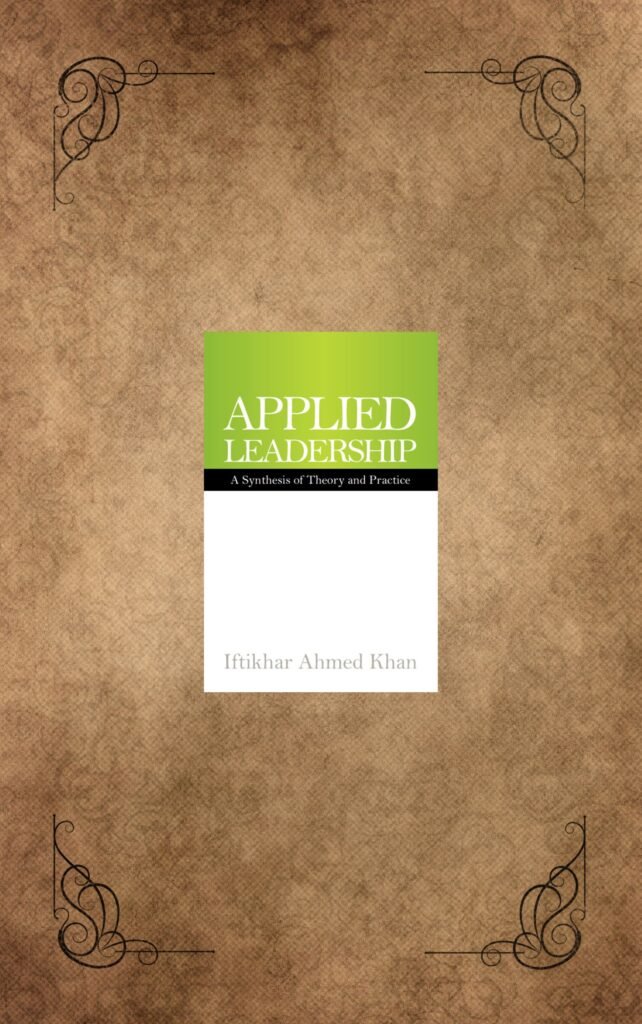What is Singapore’s grand strategy in today’s geopolitical landscape? In the tumultuous aftermath of World War II, Singapore emerged as a nation haunted by the ghosts of its history and determined to chart a more secure and prosperous future. The specter of a VUCA (Volatile, Uncertain, Complex, Ambiguous) environment looms large, with the shadow of the Thucydides trap and Kaplan’s theory of inevitable clashes between established and rising powers growing more pronounced. This reflects a painful past, where a swift Japanese invasion during World War II overshadowed Singapore’s strategic significance as a maritime stronghold. Despite significant defense investments, the tragic outcome reflected miscalculations and underestimations, leaving Singaporeans without agency in their own fate.
Learning from History’s Shadows
Six pivotal lessons from Singapore’s past reverberate through its present and future grand strategy. The fading glory of a sprawling empire should remind nations that the sun does rise on others, potentially altering the balance of power. Second, maritime strength can blind great powers to alternative threats, leading to surprises. Third, prolonged military complacency erodes proactive thinking. Fourth, initiative empowers overcoming daunting odds. Fifth, proximity amplifies perceived threats, guiding realist compromises. Finally, forward posts are frontline witnesses to conflict’s eruption.
Reevaluating Singapore’s Grand Strategy
The scars of Japanese occupation laid bare the geographical curse that had befallen Singapore. As Singapore sets its sights on the future, pivotal questions emerge. Is the current grand strategy appropriately oriented? More crucially, where should its gaze be fixed in the coming quarter-century? The compelling response appears to be neutrality and equality, applied not only ideologically but also in geopolitical and geo-economic terms. This is recommended grand strategy for Singapore in today’s geopolitical landscape.
Leveraging Geography and Policy for Success
Since World War II, Singapore has achieved the improbable, capitalizing on its geography to thrive economically and strategically. Nestled at the southern tip of the Malaysian Peninsula, its natural harbor facilitates trade via the Strait of Malacca and the South China Sea, acting as the gateway between the Pacific and Indian Oceans. But geography alone does not suffice; Singapore’s resolute policies and distinct national character have bolstered its progress. The iconic Marina Bay Sands Hotel stands as a testament to this character, symbolizing innovation and discipline.
Economic Triumphs and Potential Pitfalls
Singapore’s economic prowess shines bright, with over 73% of its economy driven by the services sector. Renowned financial markets and an advanced infrastructure exchange solidify its standing. Ranked 40th in terms of GDP and 12th for GNI per capita globally, Singapore enjoys a comfortable position in population metrics and education quality. Yet, looming challenges such as low fertility rates and an aging population warrant attention. Gender equality and UN Sustainable Development Goals also require further focus.
Exceptionalism and Vulnerability
Renowned scholar Michael Leifer’s insights highlight Singapore’s dichotomy—vulnerability and exceptionalism. Straddling between large Muslim nations as a Chinese ethnic minority, Singapore’s unique geography shapes its vulnerability, while its exceptional influence transcends its size. It defies categorization as a mere small state, standing as sui generis—an exceptional entity.
Navigating the Geopolitical Tightrope
Singapore’s diplomatic dance with the United States, China, and emerging powers encapsulates its pragmatic approach. To answer the question posed earlier what is Singapore’s grand strategy in today’s geopolitical landscape, it can be assessed that while siding with the U.S. for security, Singapore diversifies its partnerships with Japan, India, Australia, and China. Amid Indo-Pacific tensions, Singapore’s geopolitical importance is undeniable; the region’s stability hinges on its role.
Prospects for the Future: A Delicate Balance
As the global stage evolves, power, potential, and policy come to the fore. Singapore’s future trajectory hinges on these elements. With limited power, substantial potential, and a balanced policy approach, Singapore’s neutrality becomes paramount. Straddling the line between the U.S. and China will solidify its foundation, although juggling these powerful allies poses its challenges. Singapore’s allure to larger nations remains, but how it navigates these entanglements is yet to unfold.






